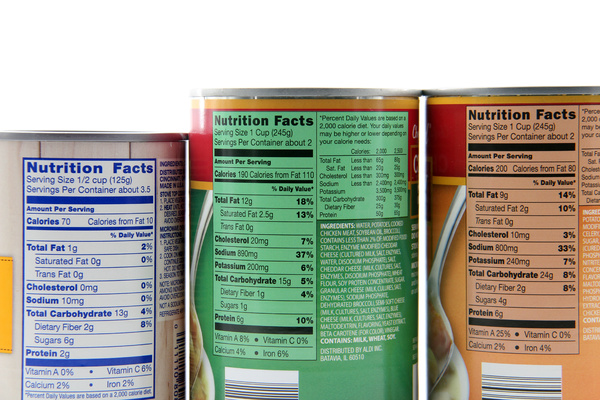
Accurate food labeling on your CPG packaging is essential. Customers need to know what’s in the products they buy. The laws and regulations governing what to include on your food labels will guide you through the process. Failing to follow them can result in your CPG brand being sued. Here’s what you can do to keep that from happening.
Dangers of Bad Food Labeling
There are several dangers associated with inadequate food labeling. Some consumers have allergies to various ingredients like wheat, shellfish, and tree nuts. Research indicates consumers’ attitudes and preferences toward food labeling, citing 3-5% of adults and 3-8% of children suffer from food allergies worldwide.
Others may need to stick to an all-natural diet or may choose to eat only certain foods.
Proper food labeling is crucial to avoid public health issues. Brands need to ensure consumers aren’t being exposed to harmful or even life-threatening ingredients.
Mislabeled food can also lead to bacteria growth or the mishandling of food. This can potentially cause diseases that affect thousands or even millions of consumers.
Some consumers have dietary foods or prefer to refrain from eating certain ingredients for religious reasons. Food labels should accurately reflect the ingredients, and they should be easy to find on the package. They should also be easy to read and understand.
Be sure to include all additives the food contains on your labels. These are just as important to note as all other ingredients.
Food mislabeling can also lead to cross-contamination. This occurs when a possible allergen meets a food product but isn’t included on the labeling.
Protect against this risk by staying vigilant about the CPG labeling on your products. This ensures cross-contamination and mislabeling don’t occur.

Food Labeling Regulations
CPG labeling requirements specify what information you need to include on the label, where it should appear, and how to format it. For example, the common name of the food and the net quantity of CPG packaging contents should appear on the principal display panel (PDP).
The principal display panel (PDP) is located on the front of the CPG packaging. It’s what customers often see first.
The information panel is often located to the right of the PDP. It may appear somewhere else on the packaging if it is not possible to place it next to the PDP. The ingredient list should appear on the PDP or information panel, as should the name and location of the product distributor or manufacturer.
Be sure to include all nutrition information so consumers can make informed dietary decisions. Place this on the rear panel.
Nutritional information includes details such as nutrients, vitamins, and minerals. Research shows nutrition facts panels are important to consumers, with 1/3 of those surveyed saying they frequently use labels.
Best Practices for CPG Food Labeling
Keep up to date on laws and regulations surrounding accurate food labeling and CPG packaging. These rules are governed by agencies such as the Food and Drug Administration (FDA), the United States Department of Agriculture (USDA), plus state and local authorities.
This will ensure you are apprised of any changes and new food labeling regulations as they occur. This is crucial as they can change frequently.
Be clear on all language you use on your labels. Words like “natural” or “healthy” are interpreted in certain ways by the courts, so it is imperative to study this information carefully.
Make sure the graphics on your labels match the information. Think of the label contents as the big picture that provides customers with vital information. Mismatched label elements can lead to consumers who are misled.
Advertise accurately. Do not make statements beyond the label regulations, as this could lead to false advertising.
PKG Brand Design is always on the forefront of new CPG branding and packaging initiatives, please subscribe to our blog for the latest package design industry news!







